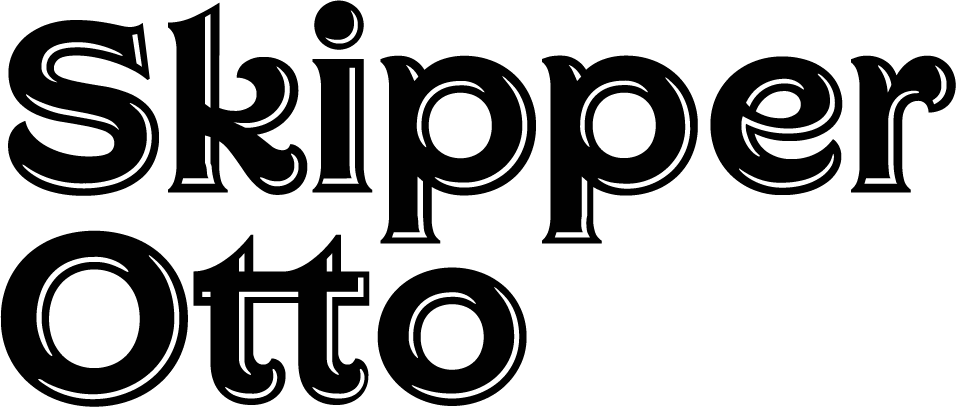The Fight For Stricter Seafood Labelling Laws
As you may already know, Skipper Otto Community Supported Fishery is part of a group of seafood industry stakeholders and grocery chains calling for greater transparency in labelling seafood sold in Canada.
The group delivered a letter to the Canadian Food Inspection Agency as part of their recent boat-to-plate seafood traceability consultation. It argues that the minimum standards must be expanded so that all seafood products are fully traceable from the point of final sale back to the point of harvest, including key information about the who, what, where, when and how of fishing or farming, processing, and distribution.
This comes at a critical time as the House of Commons Standing Committee on Fisheries and Oceans is studying seafood traceability in Canada as a way to support the sustainability and long-term viability of Canada’s seafood supply chains while combatting fraud, human rights abuses, and illegal fishing.
If that sounds familiar to Skipper Otto members, it’s because it’s what we’ve been saying since day one, and we’re excited that this issue is finally getting the wider attention it deserves.
In the global seafood industry, seafood takes a complex and opaque path from fishing vessel to plate, meaning the illegal practices, fraud and mislabelling common in the system go unchecked. As more Canadians become aware of the human rights abuses and environmental destruction that run rampant in the seafood industry, the calls for change become louder. According to a YouGov Plc survey commissioned by SeaChoice in November 2021, 86% of Canadians support improved seafood traceability for all products sold in Canada.
But Why are Current Seafood Labelling Regulations So Lax? And What Stops Canada from Tightening Them Up?
You would think the goal of the Canadian Food Inspection Agency would be to protect Canadians, but in this instance that doesn’t seem to be the case at all. Providing Canadians with information about the seafood they’re consuming is not the only (or even the main) concern when it comes to labelling regulations. A much bigger factor is trade.
Of the seafood caught in Canada, roughly 90% is exported. And of the seafood consumed in Canada, closer to 80% is imported. We tend to import less expensive seafood from countries with more lax regulations, while we export our seafood to countries in Europe, which tend to have much more stringent regulations. This tells us two things:
- It’s possible. The seafood industry in Canada certainly has the capacity to provide more transparency in labelling; they are already doing so to export products to the EU, Japan, and the US. There can’t be any arguments about how creating transparent labelling is too much work or not scalable – it’s already being done for close to 90% of the seafood caught in Canada.
- But it’s not being done for a reason. The reason Canadian regulations don’t insist on traceability in labelling is so that Canada can continue to import inexpensive seafood of dubious origins from countries with little to no industry oversight. This seafood is often caught and processed by people working in slave-like conditions, using methods that decimate the environment. And it’s very often not even what it says it is on the label. If traceability was legally required, much of this “cheap” seafood would not be allowed to be sold in Canada. And that, in turn, would help create more robust local markets for local seafood.
Improving the traceability of seafood harvested and sold in Canada is a win for the marine environment, fishing families and others working in the seafood industry, and seafood-loving Canadians. It will also have a positive impact on international trade, keeping Canada competitive with other jurisdictions worldwide that are increasingly requiring electronic data to follow seafood products through the supply chain to safeguard their identity and point of origin and to ensure legality.
Canadian consumers have a right to know what our dollars are supporting, and we should be able to vote for the values, business models, and people we want to support. And that begins with policies that demand greater transparency. We shouldn’t have to question our sources of food and we shouldn’t have to think twice about which products and brands we buy from. And that’s precisely why we need a course correction to bring us to a place where seafood labelling is clear and helpful, empowering consumers to make confident, informed decisions.
If you want to support sustainable seafood, become a Skipper Otto member!



